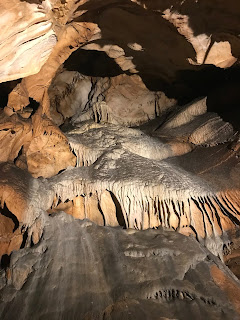Self-Assessment
Magellan Project 2018 Self-Assessment Andrew Donatelli The Magellan Project is something that I am quite familiar with. Last year, I completed a Magellan Project in Switzerland, Belgium, and Germany, where I studied the chocolate industries of these three countries. This was my first time that I was abroad alone. Fast forward a few months, and I was living in Vienna, Austria for four months, studying at the University of Vienna. I did not want to pass up the chance to do another Magellan Project during the summer of 2018 so I planned a project that would fit in perfectly during my time in Austria. My previous project "Chocolate Empires in Europe" which took place mainly in cities, was a nice foil to this summer's project "UNESCO Natural World Heritage Sites in Europe" which took place in very natural areas. I was fortunate enough to travel to Norway, Slovakia, Slovenia, and Croatia to visit and study some of the world's most beautiful natural won...


